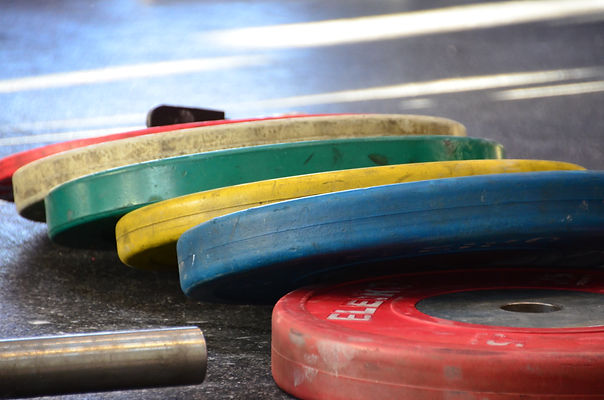Bands and Chains… What happened to more plates?
- Dave McDowell
- May 11, 2015
- 2 min read
This is a topic that has been on my mind for quite some time. Recently, I have begun to see an increase in the use of bands, chains and other forms of accommodating resistance with beginner and intermediate lifters. I see this type of training as gimmicky and believe that it misses the point of what these methods are intended to provide to the people that use them. Don’t get me wrong, I absolutely believe in the use of such tools to progress through plateaus and sticking points – for EXPERIENCED lifters – however, I do not see a use of these training methods for all populations.
So what’s the problem?
The use of bands and chains has been researched extensively; the research is conclusive that this type of training leads to greater force development. As well, this type of training can be used to accommodate the individual strength curves of lifters in order to ensure continued progress. At first glance, this seems like a great way of training, doesn’t it? Let’s put bands and chains on every exercise from now on. Well…I do agree that for a lifter who is experienced and has developed their own strength curve through years of training that bands, chains and other forms of accommodating resistance can be very beneficial in helping them train ranges, sticking points, and plateaus. Where my problem lies with this type of training is in the implementation with beginner, and intermediate trainees.

Save the advanced resistance techniques for advanced lifters and allow the beginner and intermediate lifters to progress through the use of well-established loading parameters in order to ensure safety and maximize results. The next time you want to add bands and chains for your less experienced lifters try adding more plates to the bar instead and watch them make continual progress.For a beginner trainee who has not fully developed – nor have they reached a level where a plateau could be hindering their development – the use of accommodating resistance is unnecessary and can even hinder their further development. From an outside point of view, this type of training does seem very impressive and may help to drive more people to want to train with your guidance. However, this will not yield the best results for this population. Instead this population should be focused on GPP (general physical prep) and should aim to make incremental increases in weight and strength each time they step in the gym. This can be accomplished through the use of micro loading and the overload principle. With proper loading parameters, and smart programming, all populations will be able to make continued progress towards their strength and fitness goals without the use of unnecessary training methods.








Comments